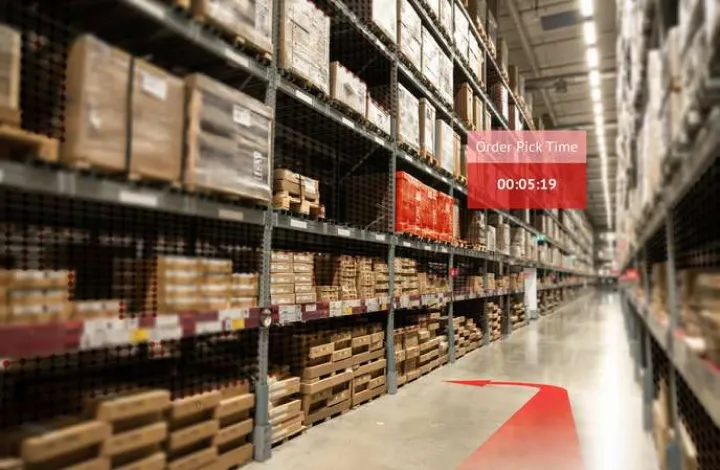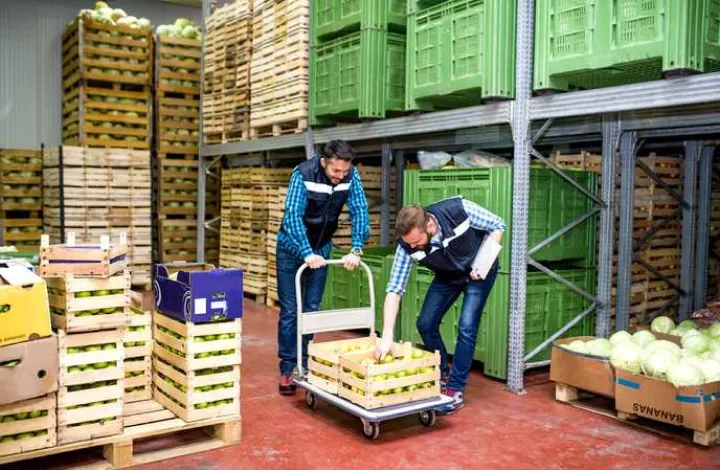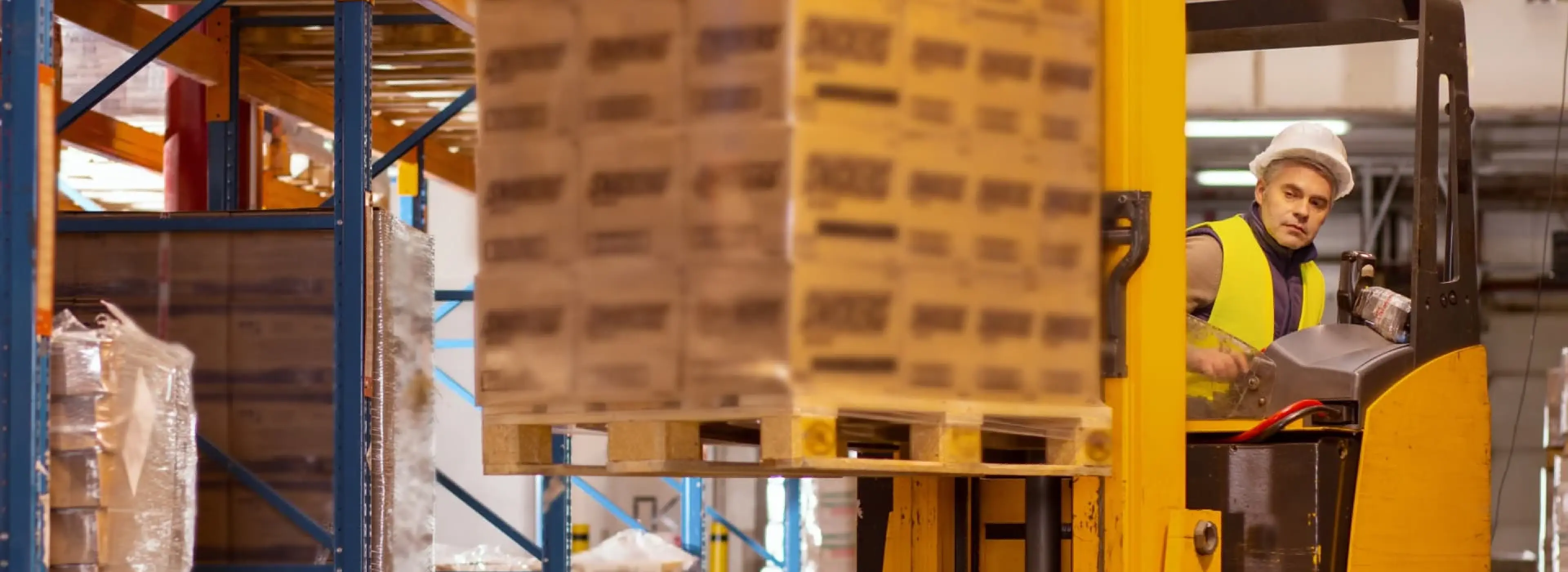Wave picking streamlines one of the most complicated warehouse activities, the order picking process. Because warehouse operations depend on countless variables such as labor resources, equipment, shipping schedules, and more, your picking process must accommodate all these conditions to fulfill orders efficiently, on time, and without bottlenecks.
Click Here: Optimize Your Warehouse Operations With This Advanced & Affordable WMS
So, in this article, we’ll discuss the basics of wave picking, how it works, its pros and cons, and if it’s suitable for your warehouse.
What is Wave Picking?
Wave picking is a method that combines multiple orders and schedules them to be picked at the most appropriate time of the day. This group of orders to be released is called a “wave,” and they are grouped and scheduled using the following considerations:
- Shipping schedules
- Replenishment cycles (Ensures that pick faces are sufficient before scheduling waves)
- Shift changes & available workforce
- Product locations and commonality (Grouping products to maximize efficiency and reduce travel time)
- Carriers
- Priorities
By grouping and scheduling orders using the conditions above, you can effectively utilize your resources and avoid bottlenecks.

How Does Wave Picking Work?
Pre-Wave Picking
Before wave picking occurs, waves need to be scheduled. Using a warehouse management system (WMS) is advised to speed up the process because of the numerous variables involved when building the waves.
As orders come in the warehouse, the WMS reads all order details and logically groups and schedules them to be picked at the most appropriate time. To achieve maximum productivity, orders may need to be stockpiled until there are enough similar orders to create waves.
Performing Wave Picking
Many sources about wave picking vary because there are many ways to implement it. Wave picking can be merged with batch picking, cluster picking, or zone picking. However, the commonality is that orders are grouped into waves, and the schedule needs to be followed strictly.
The way you execute your waves will depend on your type of warehouse, the inventory you hold, and the orders you receive.
Here’s a scenario of how wave picking, in its simplest way, can occur:
“A warehouse received a group of orders bound to be shipped in a single trailer at 11 am. The WMS will then group them into a wave and execute them with enough lead time before shipment. The lead time will depend on your resources and average picking, packing, and shipping time, which can all be calculated through a WMS. The program also ensures that orders have sufficient stock.
If you don’t have a WMS, you can schedule waves manually, but it takes more time to do so correctly.”

Post-Wave Picking
If batch or zone picking is used with wave, the time to segregate items into orders would need to be included in the lead time.
Pros and Cons of Wave Picking
Pros:
1. On-Time Shipments
Because wave picking considers shipping schedules and available resources, waves are released or executed with an estimated lead time before shippers or carriers depart.
2. Reduced Bottlenecks
When waves are formed, product location, labor resources, and equipment are considered. This ensures that the over-allocation of people and equipment on a single aisle does not happen, freeing operations from congestion and bottlenecks.
3. Reduced Travel Time/Reduced Cost
Waves need to accumulate similar orders so that the warehouse can reduce the amount of travel per picker. Picking multiple items per SKU or picking items near each other can significantly decrease travel time, or, in other words, cost.
4. Increased Accuracy
In the case of wave picking combined with zone and batch picking, a second check on product codes and quantity is allowed. Picking and sorting are separate processes when zone or batch picking is used, therefore increasing accuracy.
The nature of the methodologies, where picking and sorting are separate processes, allows for a second check.
5. Suitable for High-Security or Fresh Goods
Because orders are picked just in time before shipment, high-security or fresh goods can have less idle time.

Cons:
1. Potential for Downtime
If labor and resources are not equally distributed in waves, downtimes can occur. Because waves are executed sequentially, workers and equipment must wait for the current wave to finish before moving on to the next wave.
2. Unable to Accommodate Emergency Picks
Once a wave is established and executed, it is tough to accommodate emergency, high-priority, or same-day picks without resorting to very manual processes. And because each wave is designed to maximize all resources, executing waves simultaneously is inefficient.
Summary
Wave picking is an effective way to utilize resources correctly and without bottlenecks. This method is useful in large-scale operations where workers can bump into each other because of limited regulations.
But, as with all picking strategies, wave picking has drawbacks. If your operations frequently receive emergency orders or need to be more flexible in accommodating orders, “waveless” picking methods might be more suitable.
If you wish to improve your picking process through technologies, try our solutions finder tool.
If you want more warehouse content or are curious about “Warehouse Digitalization,” you can follow us on LinkedIn, YouTube, X, or Facebook. You can also message us through our contact page if you have other inquiries. We’ll be very glad to help.












